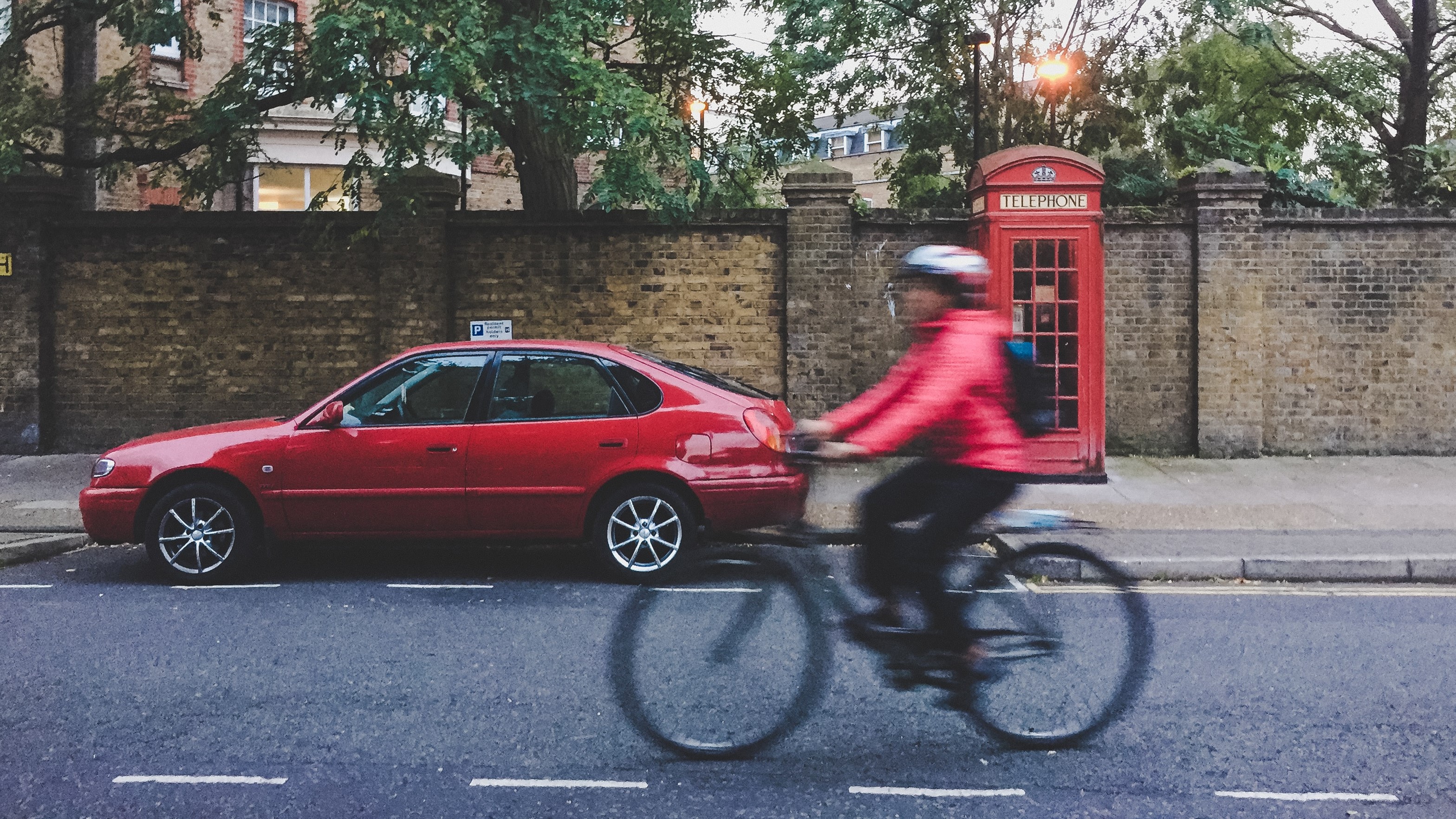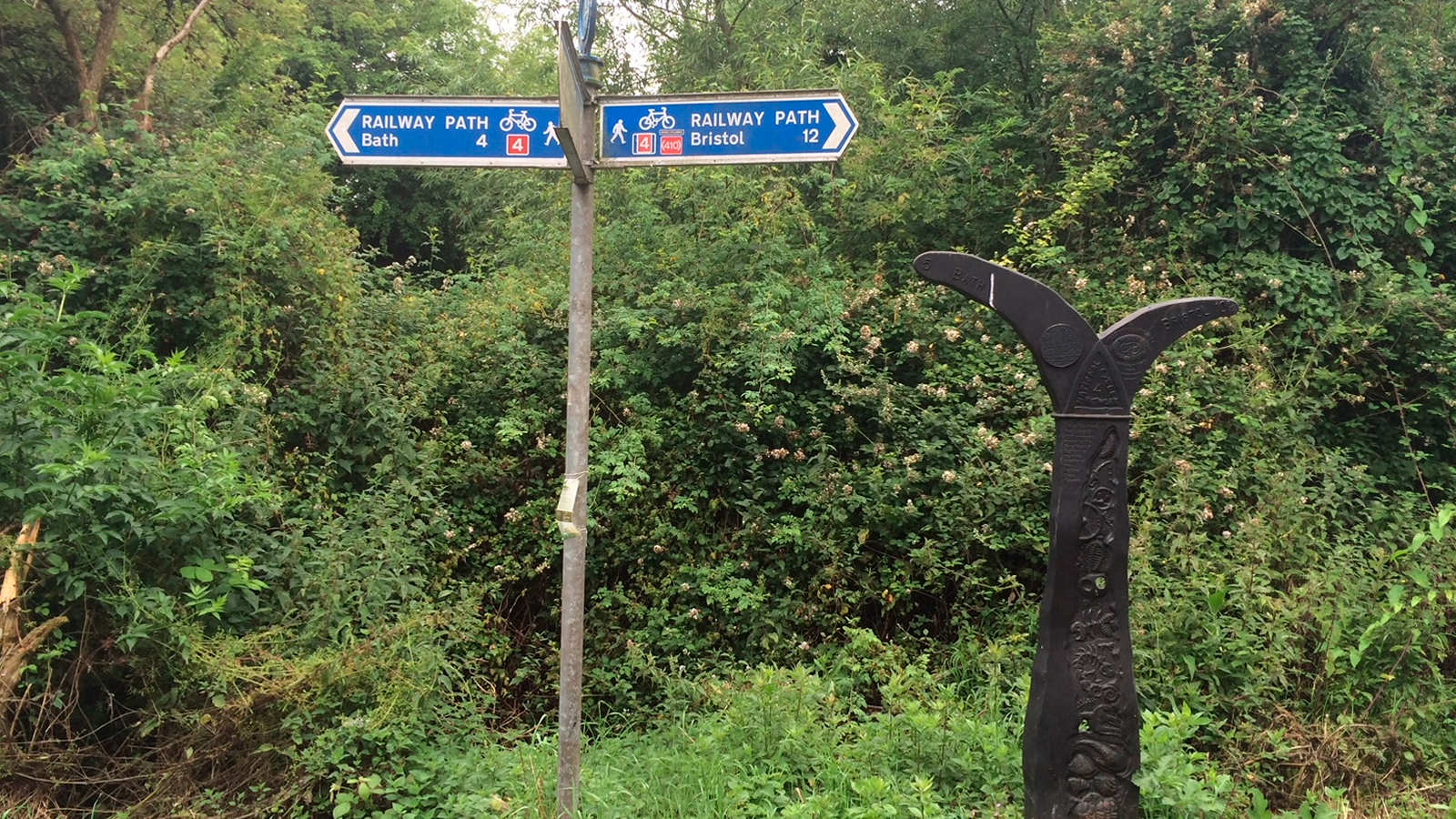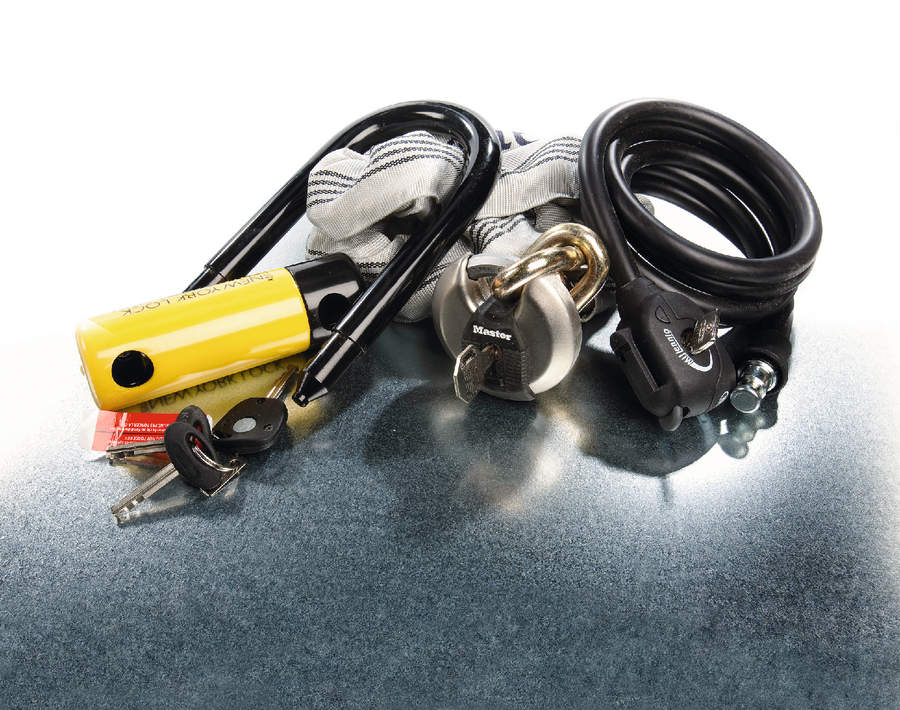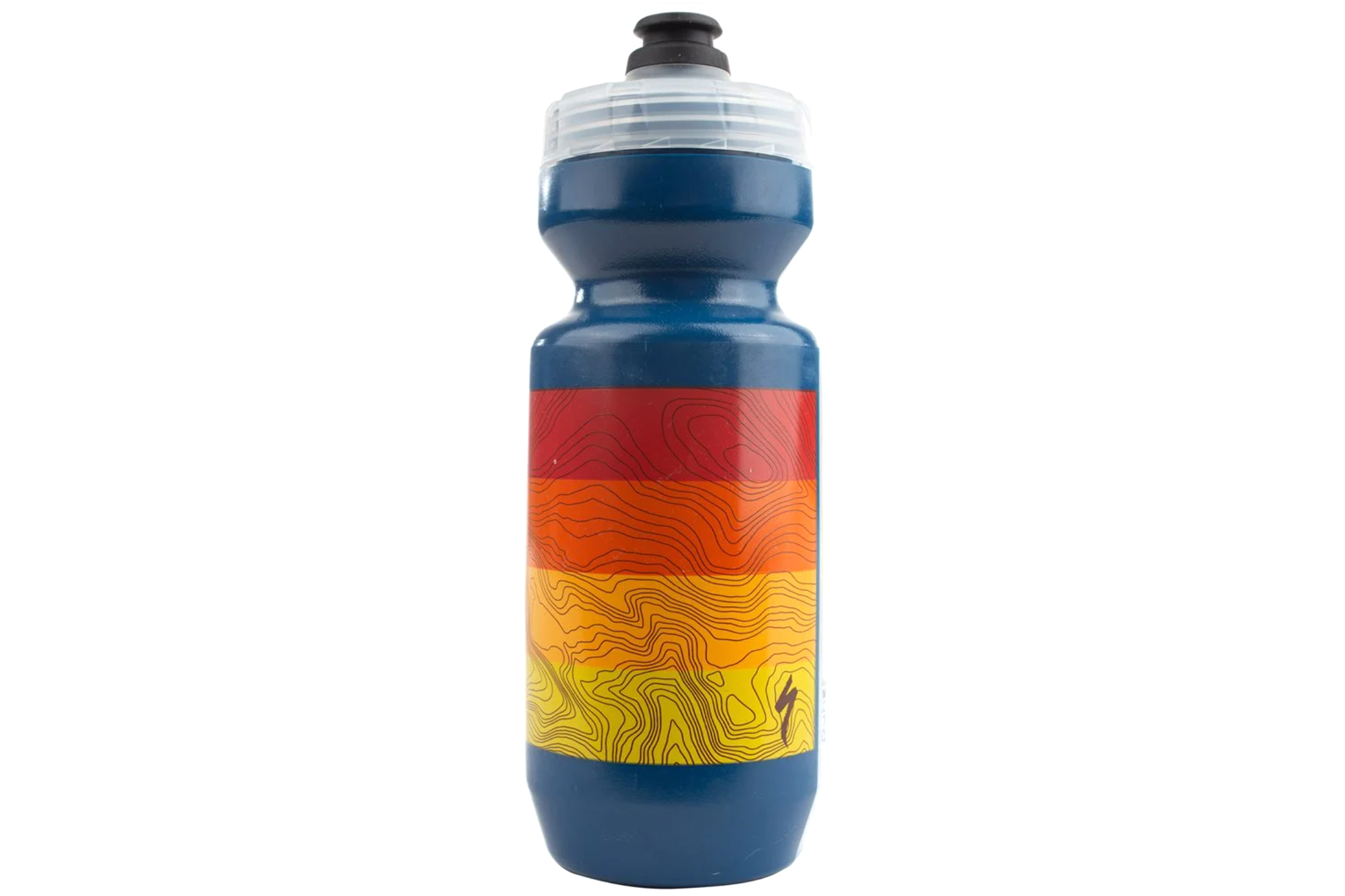With rail strikes and record fuel prices, there's never been a better time to start commuting by bike. Here are our tips for first timers
Tips, advice and things to consider before departing on your maiden bike voyage to work

With rail strikes looking set to make travel more complex and fuel prices at an all-time high, now is a great time to make the switch to commuting by bike – particularly given the warm weather. You'll also get the added bonus of improving your fitness and a bike ride in the morning is a great way to start the day.
Choosing a bike to ride is easy – just use the one you've got. Off-road bikes such as gravel bikes, bikepacking bikes or mountain bikes are a great option as they're just as at home on everything from Tarmac to tow path to trail.
If you're new to commuting, here's a few things to consider before swinging a leg over your bike...
Check your bike
Particularly if you're dusting off your bike for the first time in a while, there are a few things to check before you start cranking the pedals again. But even if your bike is in top condition, it's a very good idea to perform a safety 'M' check before every ride. Check your wheels are done up properly, your wheels and tires are in good condition and have sufficient air, your saddle and bars are straight, the brakes and gears working properly and your chain is lubed and turns freely.

Plan your route
While sometimes unavoidable, the most direct route to work may well be along a major road and while most large city centers cater pretty well for bikes these days, taking a quieter route will almost certainly give you a more pleasurable journey – which is well worth getting up 15 minutes earlier for. Before you set off it's worth taking some time to plan your route.
The bike-specific route selector on Google maps is an easy way to plan cycle-friendly routes. In the UK, the Sustrans National Cycle Network is another option well worth looking at, which includes motorized traffic-free routes between cities such as the Bristol to Bath railway path.
Pack spares
There a few bike spares you should take with you on every ride. A pump, tire levers and a spare tube or repair patches are a must. Likewise, a small multi-tool in case of any mechanical issues. Depending on the time of year, it may be a good idea to pack some lights too. A small set of 'be seen' lights won't take up much room, while a bigger set of lights to illuminate your path are a must for when darkness comes upon you. For more on them, see our guide to the best bike lights.
Depending on the length of your commute, you may want to take some fresh clothes to change into too, but ideally you'll want to leave these hung up at your place of work.

Wear bike-specific clothing
If your commute is 30 minutes or more, wearing clothing designed for cycling can help to keep you fresher and more comfortable while you ride and when you reach your place or work. High wicking jerseys will help prevent you from sweating too much, while padded undershorts can stop you from getting chafed by your saddle. You don't have to wear a helmet of course, but it is a good idea, as is taking a pack-able waterproof – even in a British summer.
Shoes designed for cycling can also be helpful too, and if you don't want to clip-in directly to your pedals as there are many flat shoe options which will protect your feet and give you a more efficient pedaling platform than a pair of running trainers.
There's also clothing designed specifically for cycle commutes that looks like regular office clothing. Brands such as Rapha or Vulpine have large collections of cool looking gear.

Use a lock
Although increasing numbers of employers are providing provision for secure bike storage, most will still advise locking your bike up too. Obviously it almost goes without saying that if you're leaving your bike unattended in a public place, you'll need to securely lock it up.
Carrying a lock that's able to deter thieves is a pain and adds weight while riding, but if locking your bike up at the same spot every day, why not leave the lock there? If you're after some specific advice, we've got a guide to the best bike locks, but as a general rule, D-locks are much more secure than cable locks.

Stay hydrated
If your commute lasts more than 20 minutes, the weather's going to be hot, or your route is particularly arduous, carrying some fluid with you on your ride is a very good idea.
While you can carry a drink in a backpack, a bottle cage and bottle is a better option as they keep your drink within easy reach. There's loads of different models to choose and almost all bottles and cages are compatible with each other.
Post-ride snacks
On a similar note, if you've burned some serious calories on your way to work, there's nothing worse then feeling ravenous through the morning until lunch. Carry some snacks with you on your ride, or keep something at work in your locker or desk drawer.

Rich Owen joined the BikePerfect team as editor in 2021. He's worked as a journalist and editor for over 24 years, with 12 years specializing in cycling media. Rich bought his first mountain bike (a rigid Scott Tampico) in 1995 and has been riding MTB for almost 30 years.
Current rides: Merida One-Forty 6000, Banshee Paradox, YT Jeffsy Core 3, Saracen Ariel 30 Pro
Height: 175cm
Weight: 69kg
